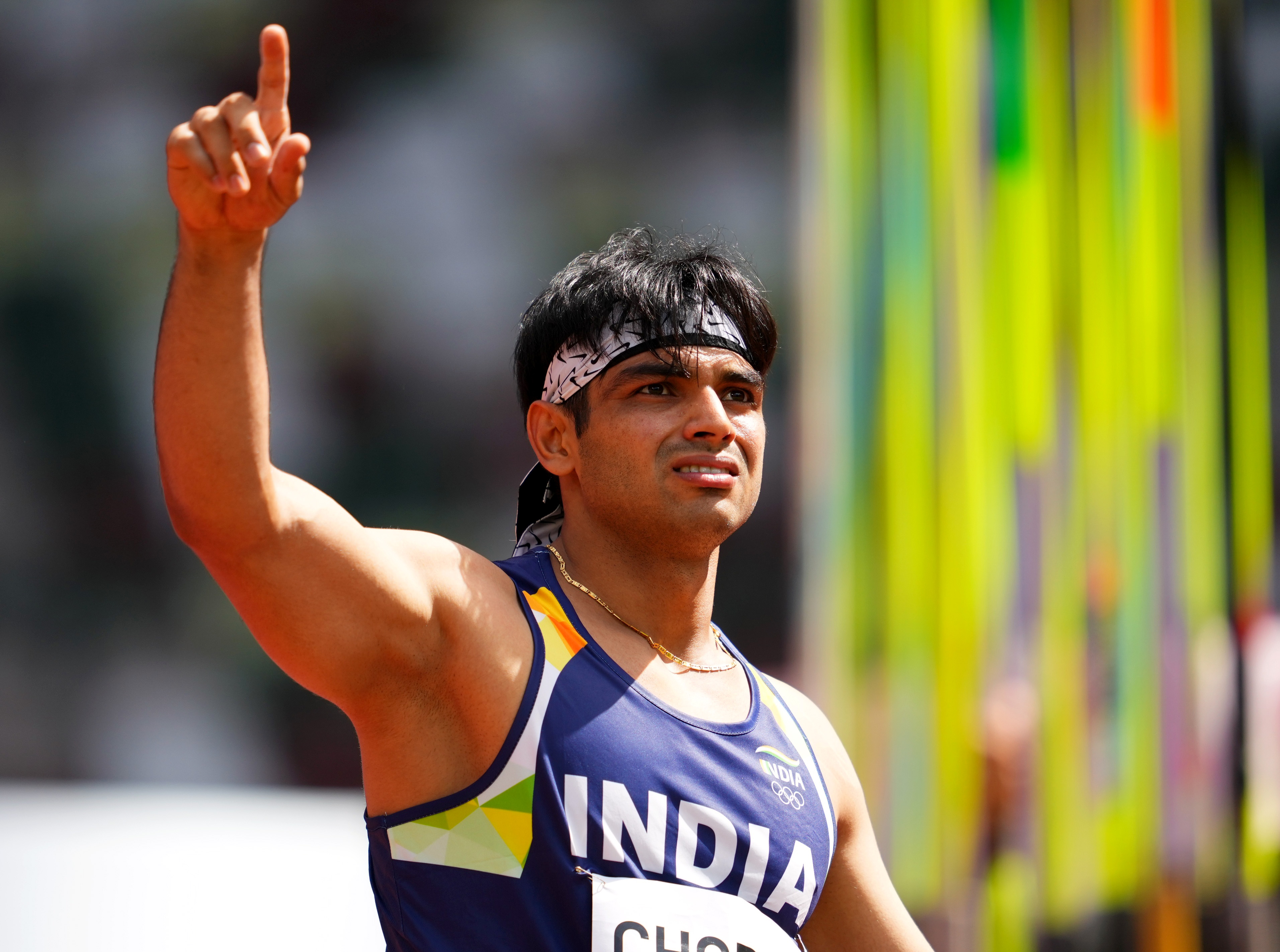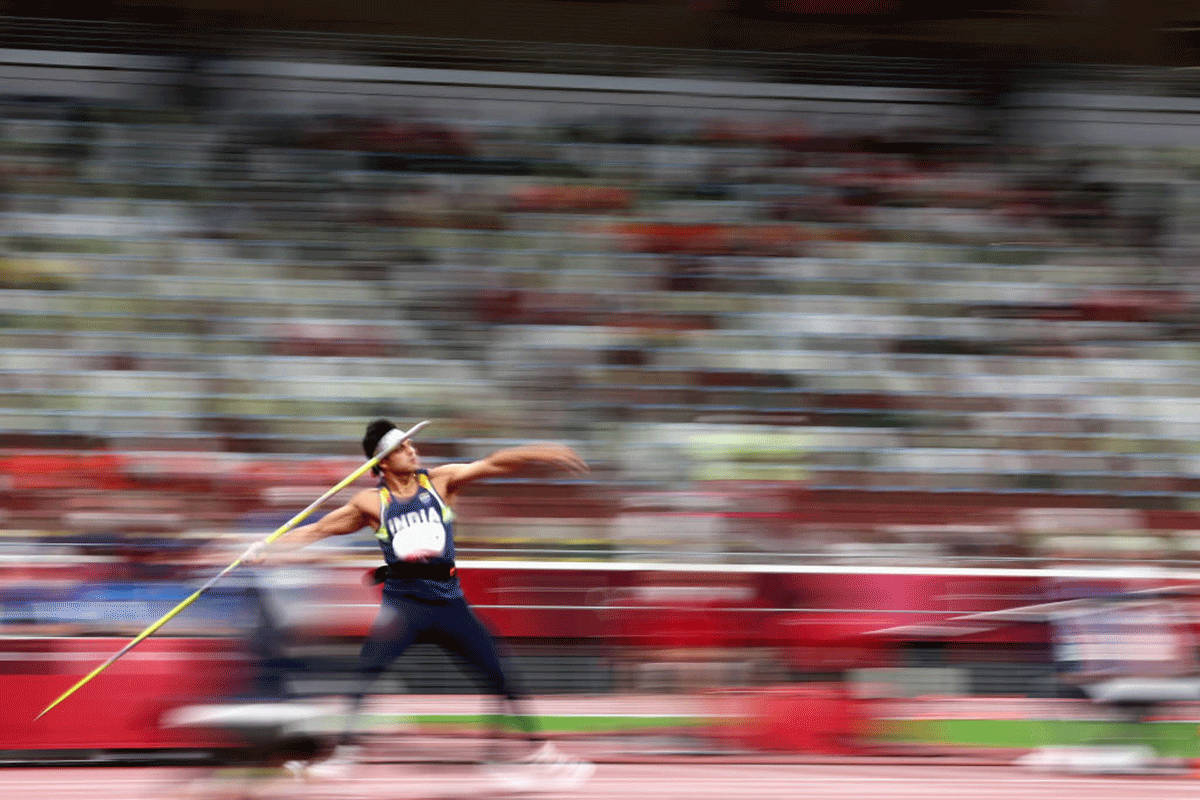History and Evolution of the Javelin Throw

The javelin throw, a test of strength, accuracy, and athleticism, has a long and fascinating history. Its roots can be traced back to ancient times, evolving from a practical tool to a competitive sport. The journey from hunting weapon to Olympic discipline is marked by significant milestones, rule changes, and advancements in technique.
Early Origins and Development
The javelin throw has a long and rich history, dating back to ancient times. The javelin, initially a hunting weapon, was used for hunting and warfare in various cultures across the globe. Archaeological evidence suggests that the javelin throw was practiced in ancient Egypt, Greece, and Rome. In ancient Greece, the javelin throw was included in the pentathlon, a five-event competition that was a significant part of the Panathenaic Games. The javelin throw was also a popular event in the Roman Empire, where it was used as a form of military training.
The Javelin Throw in the Modern Olympics
The javelin throw was first included in the Olympic Games in 1908 in London. The early javelin throwers used a spear-like javelin, which was significantly different from the modern javelin. The javelin throw was initially dominated by Finnish athletes, who developed a unique technique that involved a high-arm throw.
Key Milestones and Rule Changes
- 1908: The javelin throw was first included in the Olympic Games in London. The javelin used was a spear-like javelin, with a weight of 800 grams for men and 600 grams for women.
- 1924: The javelin throw was moved from the pentathlon to an individual event. The javelin was also redesigned, with a heavier center of gravity, which encouraged a more aerodynamic throw.
- 1956: The javelin throw was modified to its current form, with a heavier center of gravity, to encourage a more aerodynamic throw and reduce the distance achieved. This rule change was implemented after the 1956 Melbourne Olympics, where the javelin throwers were achieving exceptionally long distances, raising concerns about the safety of the event. The javelin was redesigned to have a heavier center of gravity, which encouraged a more aerodynamic throw and reduced the distance achieved. This rule change was implemented after the 1956 Melbourne Olympics, where the javelin throwers were achieving exceptionally long distances, raising concerns about the safety of the event.
- 1985: The javelin throw was further modified with a rule change regarding the angle of release. The angle of release was restricted to a maximum of 45 degrees to prevent javelin throwers from achieving excessive distances. The javelin was further redesigned to have a heavier center of gravity, which encouraged a more aerodynamic throw and reduced the distance achieved.
Notable Javelin Throwers
- Eric Lemming (Sweden): Lemming won the gold medal in the javelin throw at the 1908 and 1912 Olympic Games. He was known for his powerful throwing style and his ability to achieve exceptional distances.
- Jonnie Peacock (Great Britain): Peacock is a Paralympic javelin thrower who has won gold medals at the 2012 and 2016 Paralympic Games. He is the current world record holder in the men’s T44 javelin throw.
- Aki Parviainen (Finland): Parviainen won the gold medal in the javelin throw at the 1995 World Championships and the 1996 Olympic Games. He is one of the most successful javelin throwers in Finnish history.
- Barbora Špotáková (Czech Republic): Špotáková is the current world record holder in the women’s javelin throw. She has won Olympic gold medals in 2008 and 2016 and is one of the most successful javelin throwers of all time.
Advancements in Technique, Javelin throw olympics final
- The “Finnish Grip”: The Finnish grip, which involves holding the javelin closer to the tip, has been widely adopted by javelin throwers around the world. This grip allows for a more powerful throw and a greater distance.
- The “Rotation Technique”: The rotation technique, which involves rotating the body and the javelin in a controlled manner, has also been instrumental in improving javelin throw distances. This technique allows the javelin thrower to generate more power and accuracy.
- Biomechanics and Strength Training: The advancements in biomechanics and strength training have played a significant role in the development of javelin throw techniques. By understanding the biomechanics of the javelin throw, athletes can develop training programs that target specific muscle groups and improve their throwing efficiency.
Impact of Technology
- Video Analysis: Video analysis has become an essential tool for javelin throwers. By analyzing their throwing motion, coaches can identify areas for improvement and provide feedback to athletes. This allows athletes to refine their technique and improve their performance.
- High-Tech Javelins: The javelins used today are designed using advanced materials and technologies. These javelins are more aerodynamic and durable, allowing athletes to achieve greater distances and accuracy.
Technical Aspects of Javelin Throwing: Javelin Throw Olympics Final

The javelin throw is a complex athletic event that demands a unique combination of strength, speed, and technique. The goal is to launch the javelin as far as possible, while adhering to specific rules regarding the throwing motion and landing area. Understanding the biomechanics of the throw, the different stages involved, and the common techniques employed is crucial for achieving success in this event.
Biomechanics of Javelin Throwing
The biomechanics of javelin throwing focus on optimizing the transfer of energy from the athlete’s body to the javelin, maximizing its distance and accuracy. The grip, release, and body positioning are critical elements in this process.
- Grip: The athlete grips the javelin with a pronated grip, using the index and middle fingers to secure the javelin, while the thumb is wrapped around the shaft for additional stability. This grip allows for maximum leverage and control during the throw.
- Release: The release of the javelin is a critical moment, as it determines the trajectory and distance of the throw. The athlete aims to release the javelin with a slight upward angle, allowing it to follow a parabolic path. The release should be smooth and powerful, with the javelin extending fully from the hand.
- Body Positioning: Proper body positioning is essential for generating power and maintaining balance throughout the throw. The athlete’s body should be aligned in a way that allows for efficient energy transfer from the lower body to the upper body and ultimately to the javelin.
Stages of the Javelin Throw
The javelin throw is a dynamic event that involves a series of sequential movements, each contributing to the overall distance and accuracy of the throw. The stages include the approach, the run-up, and the delivery.
- Approach: The approach is the initial phase of the throw, where the athlete gathers momentum and prepares for the run-up. The athlete typically takes a few steps to build speed and align themselves for the throw.
- Run-up: The run-up is the crucial phase where the athlete accelerates and builds up speed, transferring energy from the lower body to the upper body. The athlete aims to maintain a smooth and controlled run-up, ensuring a balanced and powerful delivery.
- Delivery: The delivery is the final stage of the throw, where the athlete transfers energy from the upper body to the javelin, launching it with maximum force and accuracy. The delivery involves a combination of arm, shoulder, and torso movements, culminating in a smooth and powerful release of the javelin.
Javelin Throwing Techniques
There are several common throwing techniques employed in javelin throwing, each with its own advantages and disadvantages. Two prominent techniques are the “overhand” and “underhand” styles.
- Overhand Style: The overhand style is the most prevalent technique in modern javelin throwing. In this style, the athlete throws the javelin over their head, using a combination of arm, shoulder, and torso movements to generate power and distance. The overhand style allows for greater leverage and a higher release angle, leading to increased distance.
- Underhand Style: The underhand style, also known as the “sidearm” style, is less common but still employed by some athletes. In this technique, the athlete throws the javelin from a lower position, releasing it from the side of their body. The underhand style offers less leverage but allows for a more controlled release, potentially reducing the risk of injury.
Notable Javelin Throwers and Olympic Champions

The history of the javelin throw is filled with remarkable athletes who have pushed the boundaries of human strength and skill. From the pioneers who established the sport to the modern-day champions who continue to break records, these individuals have left an indelible mark on the Olympic Games and the world of athletics.
Olympic Champions and Their Achievements
The Olympic Games have been the ultimate stage for javelin throwers to showcase their talent and compete for the highest honor. Over the years, a select group of athletes have consistently dominated the event, leaving their mark in the annals of Olympic history.
| Name | Nationality | Years of Competition | Notable Achievements |
|---|---|---|---|
| Aki Parviainen | Finland | 1960-1968 | Two-time Olympic champion (1964, 1968); World record holder (1964-1969) |
| Jan Železný | Czech Republic | 1992-2004 | Three-time Olympic champion (1996, 2000, 2004); World record holder (1996-present) |
| Barbora Špotáková | Czech Republic | 2004-present | Olympic champion (2008); World record holder (2008-present) |
| Andreas Thorkildsen | Norway | 2004-2012 | Two-time Olympic champion (2004, 2008); World champion (2007) |
Javelin throw olympics final – The javelin throw final at the Olympics was totally lit! I was glued to the TV, watching those athletes chuck that spear. It’s kinda wild to think that one of the athletes, who’s totally crushing it, might be dating Hunter Schafer’s ex-boyfriend, check out this article for the tea! Anyway, back to the javelin throw, I’m so stoked for the medal ceremony.
It’s gonna be epic!
The javelin throw finals at the Olympics are always super intense, and Neeraj Chopra totally killed it! You can check out his whole schedule and results here if you wanna see how he dominated the competition. He threw that javelin like a total pro, and it was seriously epic to watch!
